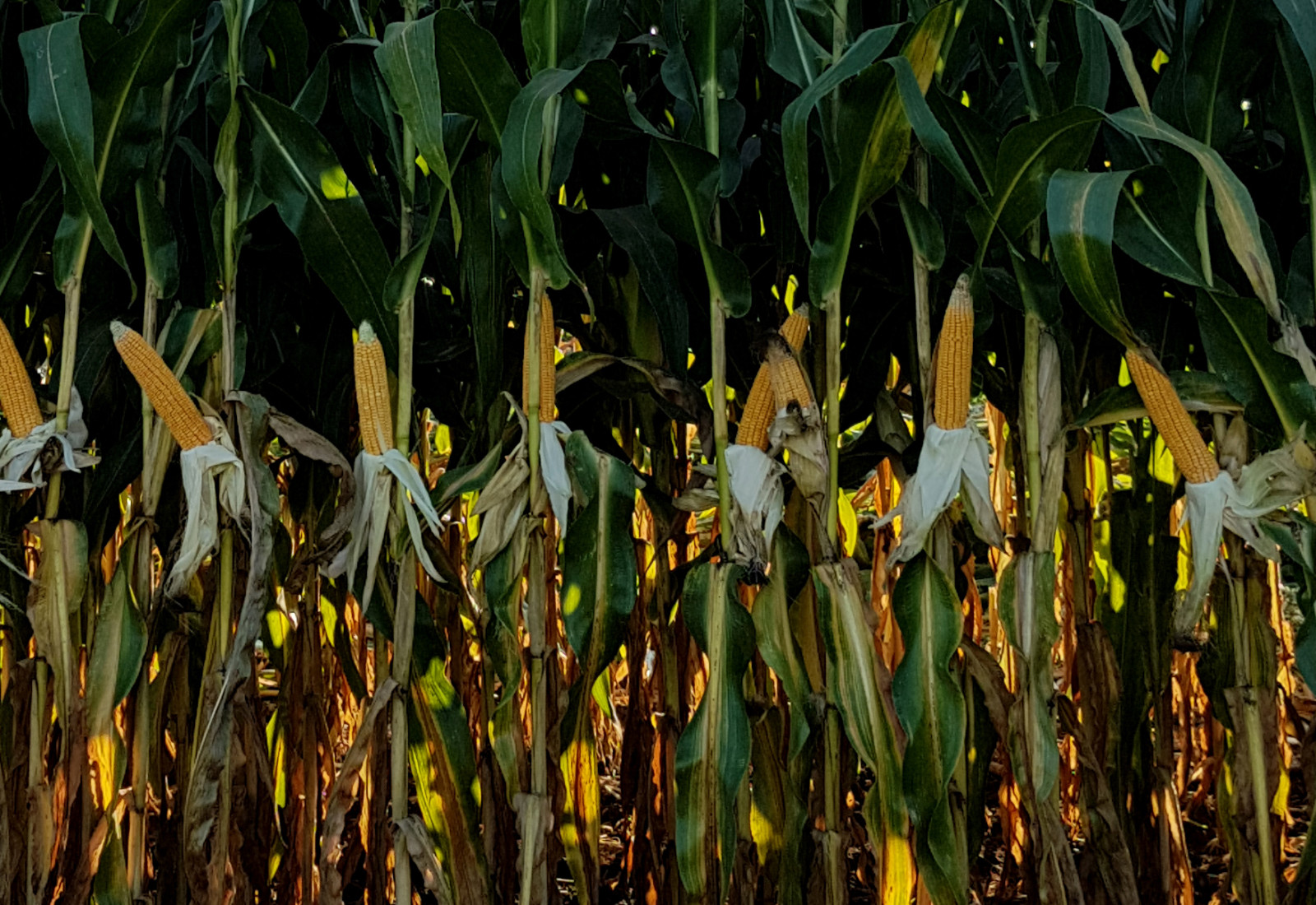Floury Leafy Corn Hybrids Offering Added Nutritional Value

By Ron Friesen
New silage corn hybrids for dairy and beef cattle are coming to Western Canada this year, promising better digestibility and improved milk and beef production.
NorthStar Genetics says it will offer a “family” of new corn hybrids, including two floury and three floury leafy varieties.
These new products will give Western Canadian livestock producers an enhanced option for digestible high-energy silage for dairy and beef cattle, says Dieter Schwarz, NorthStar Genetics’ Corn Product Line Manager.
“We are very proud to bring this product to the Western Canadian market,” Schwarz says. “It will be available for planting in 2020. We have tested it across the geography of Western Canada this summer. We’re compiling those results and our preliminary look at them from what we’re seeing in the field is very positive.”
As Schwarz explains it, leafy hybrids are fodder-specific, designed to produce silage or grazing corn, not grain corn. Leafy corn hybrids, which grow more leaves above the ear and produce extra digestible plant matter as a result, have been around for years. But floury leafy hybrids, with soft kernels that are more digestible in the rumen, are a fairly recent innovation.
Schwarz says floury leafy hybrids are essentially a dent corn with a floury interior. Unlike grain corn, floury leafy kernels grind into a fine flour-like material. The small particles give bacteria in the rumen more surface area to digest the starch.
“What we get out of a floury kernel is 10 to 12 percent more digestible starch,” says Schwarz.
More readily available digestible starch produces more energy. This gives the hybrid a potential to generate more milk in dairy cows and a greater average daily gain in beef cattle.
Ian Shivas, a Nutritionist with Renaissance Nutrition in Roaring Spring, Pennsylvania, says higher starch availability in floury leafy hybrids can mean more efficient livestock.
“The biggest opportunity is to pick up efficiency in the animal by having more of the carbohydrates from the starch and the fibre available to the rumen bacteria,” Shivas says. “That should turn into profitable milk for the producer. The beef operator should also be able to gain from rumen-available starch and fermentable fibre in the leafy variety.”
Since leafy hybrids have more leaves above the ear, they produce a greater total tonnage of plant material. Getting more plant matter can give producers a slightly lower planting population. Schwarz says producers should aim for a final plant stand of 28,000 to 30,000 plants per acre for leafy corn hybrids – about 10 to 12 percent fewer than for a grain corn hybrid.
Besides having enhanced digestible starch content, more leaf area, more digestible material and a potential to plant less seed, leafy hybrids also ensile faster. Schwarz says the ensiling time for floury leafy hybrids can be as little as a month, compared to three to four months for traditional grain corn.
Silage-specific corn also has a softer, more digestible stalk than grain corn, thus improving grazeability.
“I would always recommend growing a silage-specific corn for your silage needs,” says Schwarz. “I would also say, select a floury leafy because that’s the latest and greatest in silage corn technology and genetics. You’re going to get more energy and more performance out of your animals when you’re selecting this type of product.”


